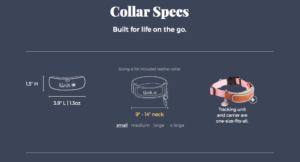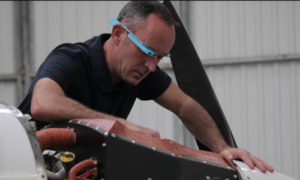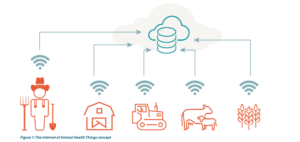Internet of Things is focusing on more than smart cities, smart cars, and smart health. Bluefin...
The Keys to IoT Product Success
The Keys to IoT Product Success
Putting the Customer Need First
As Matt Roseff in Business Insider reports, a recent survey from consulting firm Accenture shows that consumer interest in IoT products like wearables and connected devices has flatlined since last year.
Why?
According to the survey results, 62% of consumers view such products as too pricey, or viewed another way, they don’t fully grasp the value proposition of the IoT products being marketed to them.
Additionally, the survey revealed that 23% of respondents didn’t know what device would be useful to them and 17% found IoT devices to generally be confusing.
Are these artifacts of an early market being pushed by Technology companies trying to build products instead of traditional Product companies incorporating technology?
As product developers for brands look ahead in 2016 and beyond and consider how -- and if -- to include connected technology in their roadmaps, this kind of information should be kept top of mind along with a few basic business principles the industry should go back to.
What Consumers Care About
What does the customer want? There is nothing more important than this, and it should be the foundation of any product development plan -- regardless of whether or not connected technology is included.
As one survey from Affinova revealed, 92 percent of consumers say that it’s very difficult to pinpoint what they’d want from smart objects, but they’ll know it when they see it. They’ll know when the product solves a problem they have or not. Novelty products may generate near-term publicity and showcase your business as innovative, but unless the product hits a consumer pain point, companies may struggle to generate a ROI.
Another opportunity lies in data. Today’s wearables and consumer-focused IoT devices can amass endless amounts of data. It’s key to convert data to information with actionable insights that influence positive behavior modifications. Ideally, these would be behavior modifications it’s common for people to want to make (ie, increasing exercise). Then, the new product will create trusted relationships with consumers.
How to Integrate IoT Into Your Strategy
When we work with clients on ideas for new products, we always touch on these points during the concepting phase of the project:
-
Identify the consumer problem first. We encourage clients to get practical. Start with a consumer problem first, then think of ways to solve it with connected tech if it makes sense to do so.
-
Use IoT to deepen the relationship with customer. Ralph Lauren, for example, doesn’t have as deep of a connection directly to consumers since so many of their products are sold by third party retailers (Macy’s). Unique product integrations with mobile apps, like Ralph Lauren’s “polo tech” shirt deepen the customer’s relationship to brand and introduce the brand to new consumers who are actively looking for tech-enabled apparel.
Connected tech is not the only way
Connected technology is a pretty, new color in your crayon box, but it’s not the only way to draw a picture. In other words, connected technology is a cool, new, technology -- yes. But it’s not the only way to do these things. Proceed accordingly.
When thinking through your product roadmap for 2016, keep your eye on the future, yes, and certainly take connected technology into consideration. But more importantly, keep your eye on the customer.


